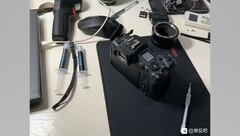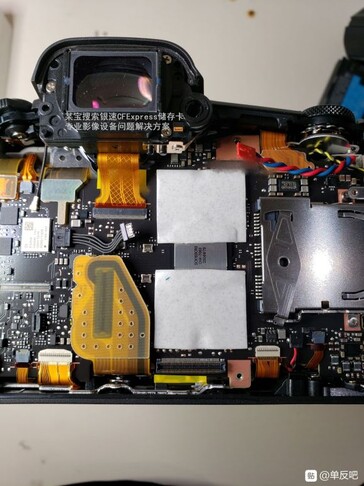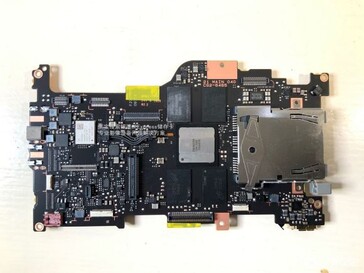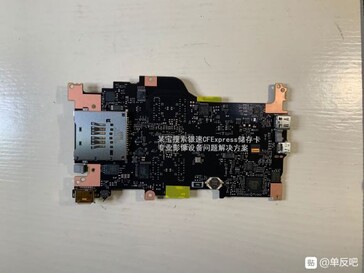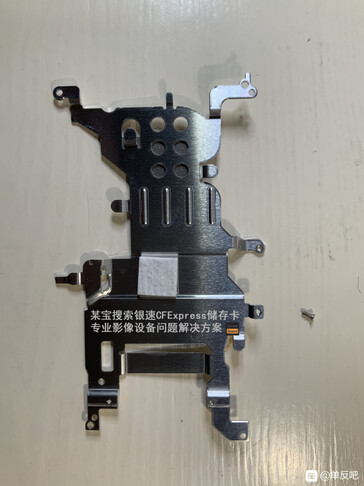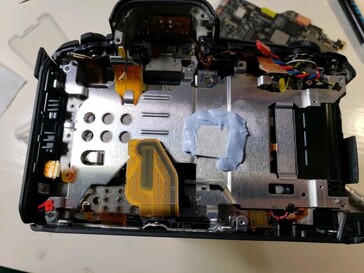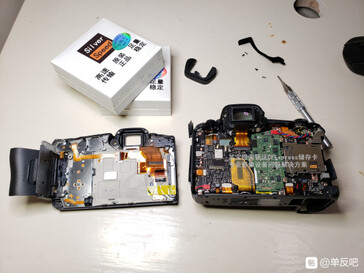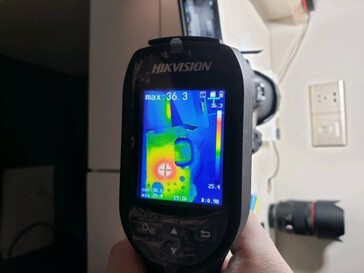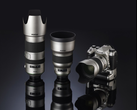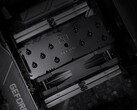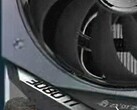The Canon EOS R5 is a high-end full-frame mirrorless camera with a launch price of US$3900. It can record in up to 8K RAW at 30fps - but is only rated to do so for 20 minutes at a time, whereas its rival the Sony a7s III is not. In fact, some photography vloggers claim this window can drop as low as 15 minutes in non-optimal conditions, which may include taking it into conditions where the temperature exceeds 23 degrees Celsius.
This may be due to the camera equivalent of thermal throttling: the EOS R5 packs the latest DIGIC X image processor, after all. Accordingly, a user of the social media site Baidu decided to investigate their unit for signs of a cooling system, and to see if it could be upgraded in order to alleviate this recording-time issue.
The ensuing teardown (also shown in a video hosted on a different site) resulted in findings that the R5's internals did in fact boast thermal pads - two of them, in fact. However, neither overlaid the CPU directly, but covered 4 RAM slots (evenly distributed above and below this processor) instead, in a way that left about a third of the chipset exposed to the metal shield located immediately above this arrangement.
The underside of this silicon was also occluded by a PCB. The next layer down of the Canon camera's internals comprised another metallic sheet. This one did exhibit a gray square approximately underneath the CPU, although it is not completely clear whether it was another thermal pad or just a piece of foam. In any case, the Baidu user decided to apply some thermal paste around this square before re-assembling the camera.
This modification may have resulted in a corresponding cooler zone as detected using thermal imaging equipment on the intact R5. However, it also allegedly failed to result in any change in the camera's recording longevity. This has led to speculation that the "limit" is in fact firmware-mandated, and put in place by Canon in order to segregate this variant from its upcoming Cinema EOS siblings and their capabilities.




